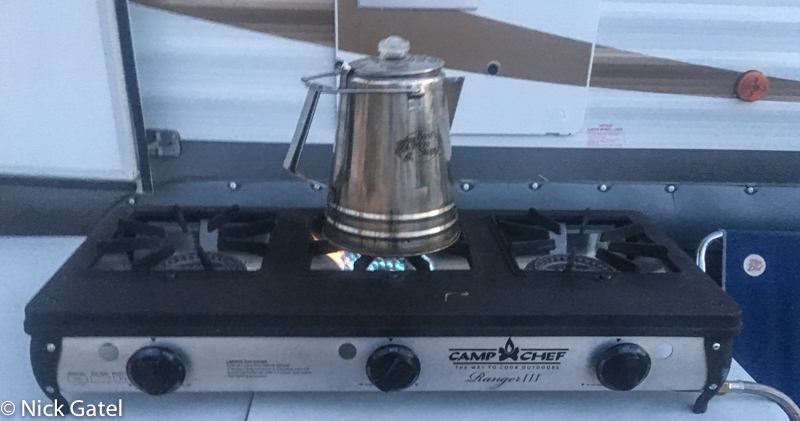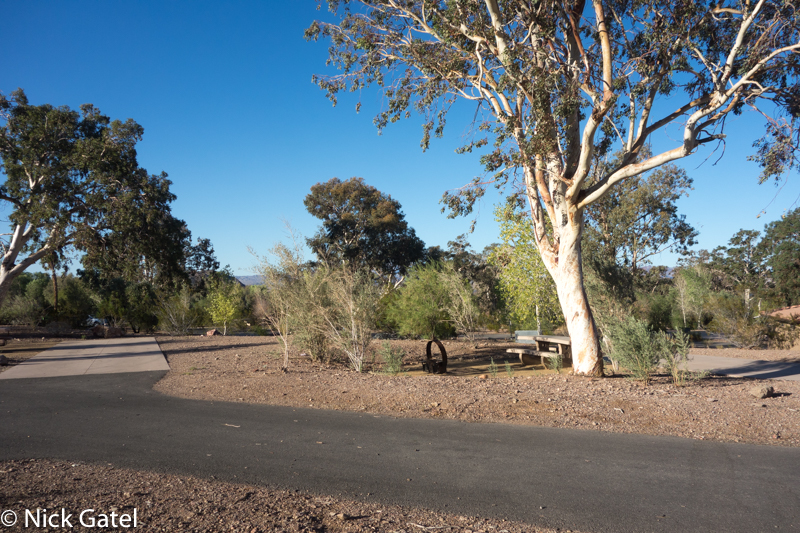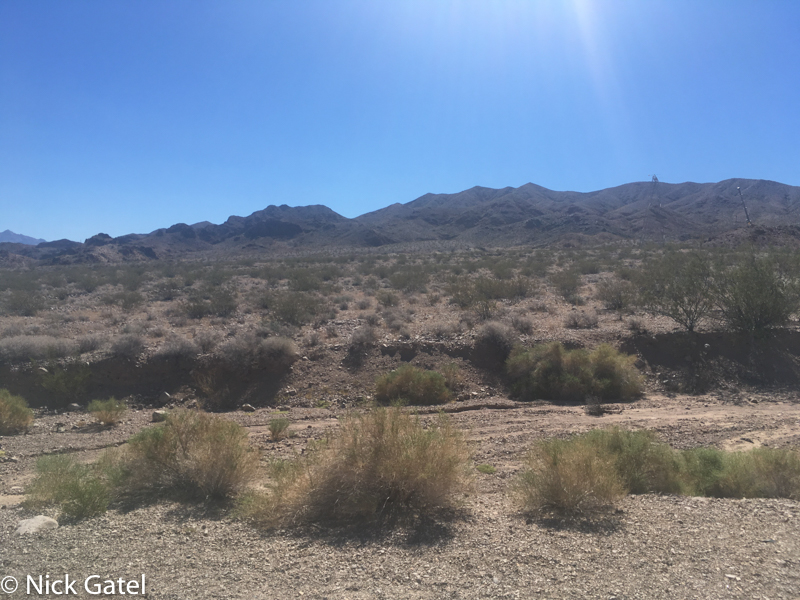5 September
I awake to a beam of sunlight streaming under a partially closed window blind. Opposite the window, the door is open and the screen door provides a filtered view of the world outside. The early morning sun, low in the horizon throws an amber glow onto a cottonwood tree. Not completely awake, my brain signals that it is early morning. There is no need to know what time it is or what day it is. Hence there is no hurry to get up. I watch the sunlight creep up a tall eucalyptus tree and the day begins. Once I am completely awake, I get up. It’s coffee time.
I fill the coffee pot with water, add four scoops of ground coffee into the basket turn on the stove and place the percolator on the metal grate. Percolators aren’t popular these days; they’ve been replaced by drip-makers. We like the percolator, although using one does take some attention to make a great cup of coffee. Once the water get hot enough and the coffee begins to make its gurgling burp, burp, burp noise. The heat needs to be lowered so the capillary action of the tube pulls up the water without over brewing the coffee. It’s a good time to enjoy the aroma as it brews and to think about whatever pops into one’s mind. Today my mind wandered over all the supposed benefits of coffee – many claim it has bountiful healthy benefits – others claim it is bad for one’s body. The truth, like most things in life, is probably somewhere in the middle. I operate much better during the day when I start the morning with a couple cups of coffee. Perhaps I’m addicted to the caffeine. It doesn’t matter, I’m not changing.
The coffee is ready. I fill my cup, and then fill a carafe to keep it for Joyce. Today I got up first. Perhaps tomorrow she will. We get up when each of us is ready in our own way. Now it is time to sit outside and watch the early morning sun unfold the landscape.
Our campground is a man-made oasis. Mostly native desert plants. Predominant are creosote bushes, thick and green from irrigation. Some of these creosote bushes live to be over 11,000 years old and certainly many in our campground were here before the birth of Christ.
Beyond the campground, the landscape is also mostly creosote but sparser and mostly grayish in color after a long hot summer and little rainfall.
In the campground mesquite, acacia, and desert-willow trees are common along with dozens of transplanted cottonwood trees that rely on irrigation to stay alive. The visitor’s eyes are captured by the large non-native olive, Mexican fan palms, tamarisk, and eucalyptus trees that round out the inventory of trees in this oasis. The southern side of the campground used to be home to many oleanders, a poisonous shrub that is harmful to bighorn sheep. These were all removed a few years ago when this section of the campground was improved. The northern half of the campground is slated for rehabilitation in a few weeks and I’ll assume the plentiful oleanders on that side will also be removed. Other common plant life includes arrowweed, brittlebush, burrowed, desert dandelion, evening primrose, shadscale, and saltbush. You won’t find any cactus in the campground… they probably were removed so drunken campers and children won’t get hurt. A short walk out of the campground will find many species of cactus however.
Corky the wonder dog interrupts my daydreaming when he comes to the door of the camper. He wants to go for a walk. Corky and I spend much of our camping days walking together. Time to go. The Second Day After the Day After –>


